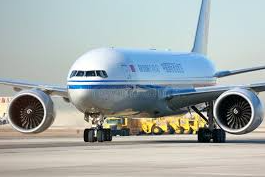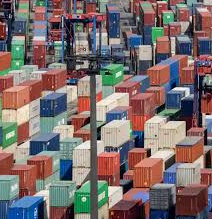Core Inflation at 2.5%, While Headline Inflation Holds Steady at 2.4% in July
Singapore’s inflation data for July revealed an unexpected easing of core inflation, while headline inflation remained steady compared to June. The core inflation, which excludes accommodation and private transport costs, slowed down to 2.5%, significantly lower than the 2.9% recorded in June. This result surpassed economists’ median expectations, indicating a broader trend of controlled price increases across various sectors.
The headline inflation, which includes all items in the Consumer Price Index (CPI), remained unchanged at 2.4% from June. It was slightly below the median forecast of 2.5% by private-sector economists, signaling a stable but steady inflation rate. Private transport costs rose, but this was offset by a moderation in accommodation inflation, with housing rents rising at a more moderate pace.
While core inflation eased, the overall consumer price index (CPI) saw a slight month-on-month decrease of 0.3% in July. Core CPI also dropped by 0.1% over the same period, reflecting less intense price pressures across a broad range of goods and services.
The Monetary Authority of Singapore (MAS) lowered its full-year forecast for headline inflation to a range of 2% to 3%, while maintaining its core inflation forecast at 2.5% to 3.5%. This suggests that inflationary pressures are expected to ease somewhat throughout the rest of the year, though MAS remains cautious about the broader economic environment.
Economists like Chua Han Teng from DBS Bank are predicting that core inflation will likely average lower in 2024 compared to 2023. The main contributing factors to this decline are controlled imported price pressures, relatively stable global commodity prices, and a strengthening Singapore dollar. This should help moderate domestic inflationary pressures and reduce the need for aggressive monetary tightening.
The July data also showed that most broad CPI categories experienced lower inflation. Services inflation, which includes areas such as travel and leisure, slowed from 3.4% in June to 2.9% in July, largely due to slower increases in holiday-related expenses. Accommodation inflation also moderated to 3.1%, down from 3.3% in the previous month, as housing rents grew at a slower pace. Food inflation declined slightly to 2.7%, from 2.8% in June, as the price increases for both non-cooked food and food services slowed.
Retail and other goods inflation saw a slight easing to 0.3%, down from 0.5% in June, due to falling prices for clothing, non-durable household goods, and personal effects. Electricity and gas prices saw inflation of 6.6%, down from 6.9%, as the pace of increase in electricity prices slowed. The only category that saw an increase in inflation was private transport, which rose by 0.9%, reversing the previous month’s 0.7% decline, due to smaller drops in transport-related costs.
This mixed inflation data suggests a trend of easing pressure on the cost of living, though certain sectors, particularly private transport, continue to experience price hikes. The overall inflation picture points toward a more stable economic outlook for the second half of 2024, with lower inflation expectations and moderate growth in consumer prices.
As the year progresses, economists will continue to monitor these trends closely, particularly in the context of Singapore’s broader economic growth and potential shifts in monetary policy. Given the slowing inflation, it is likely that the MAS will maintain a cautious approach while also remaining vigilant about external factors that could influence domestic price movements.








